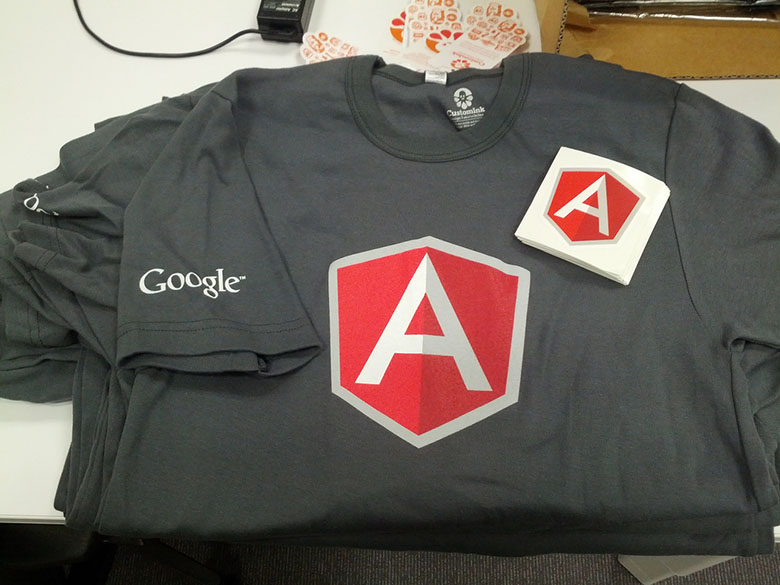
The current state of web development is ALWAYS in a constant change. It’s challenging to stay top of the latest web technologies because it seems like there is a new framework, library, or toolkit coming out every 60 seconds.
The good thing is that no matter how many new technologies surface, understanding the fundamentals of the technology will allow you to pickup the new wiz-bang tool or technology and master it in no time.
When thinking about the core components of the web, it boils down into 3 technologies: HTML, CSS, and JavaScript. Now, lets briefly explore how these fundamental technologies enable the web.
Quick Overview of HTML, CSS, and JavaScript
If you have done any web development in your career, I’m sure you have had some experience with one or several of these technologies. So, I’ll be extremely brief in my explanations.
- HTML– responsible for defining the structure of a web page
- CSS – determines the look-and-feel for the HTML page
- JavaScript – make web pages to be interactive and provide user feedback
These technologies are at the core of every web framework, library, or tool that exists exist on the web. Knowing that, this allows me to fast-track my learning path whenever I decide to add a new language or technology to my toolbox.
Now we are ready for the good part, I’m going to share my approach for mastering the ASP.NET 5, Boostrap 3, and AngularJS.
My Approach to Fast-Tracking Mastery
I’ve learned that the fastest way (at least based on my experience) is to learn by doing. This requires jumping head-first into the technologies you want to learn.
Now, in order to maximize your learning, you need to decide on what you are expecting to learn, no I’m sorry – master, as you prepare to start your deliberate practice. So, I have decided that I will build something that solves a real problem.
I will be creating a personal budgeting application that will replace a spreadsheet that I’m currently using to manage my our household budget. I will creating list of features that need to be implemented to provide me with the same benefits as my current spreadsheet approach.
That’s All Folks
One of my goals is to ensure that I’m able to use this application on my mobile device. I have decided on using ASP.NET MVC 5, Boostrap 3, and AngularJS as my toolset of choice.
I’m looking forward to sharpening my skills and solving a problem that has been causing me some grief all at the same time. First, I will be exploring the basic concepts of each technology – terms, definitions, etc. I will share my progress along the way to mastery, so stay tuned.